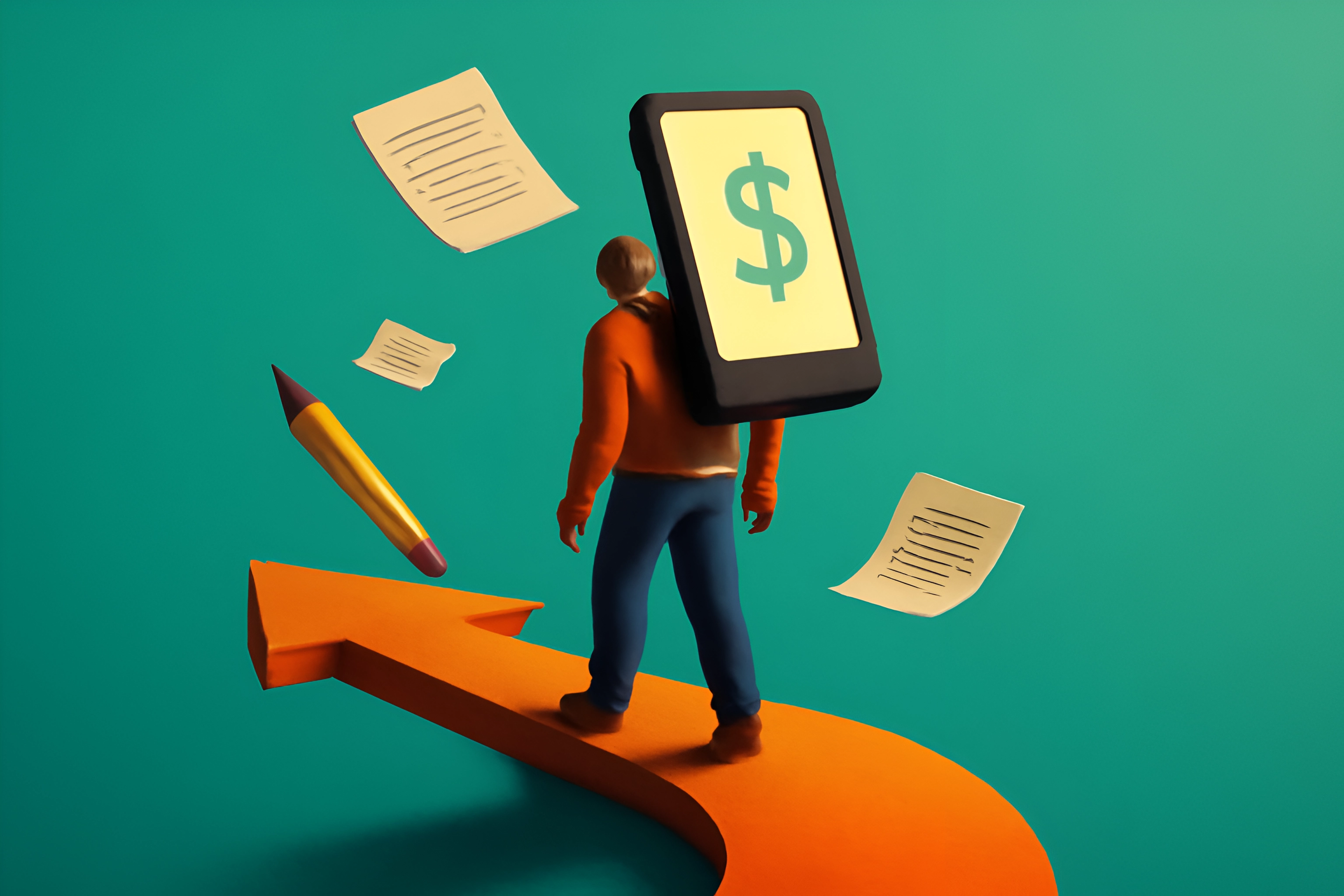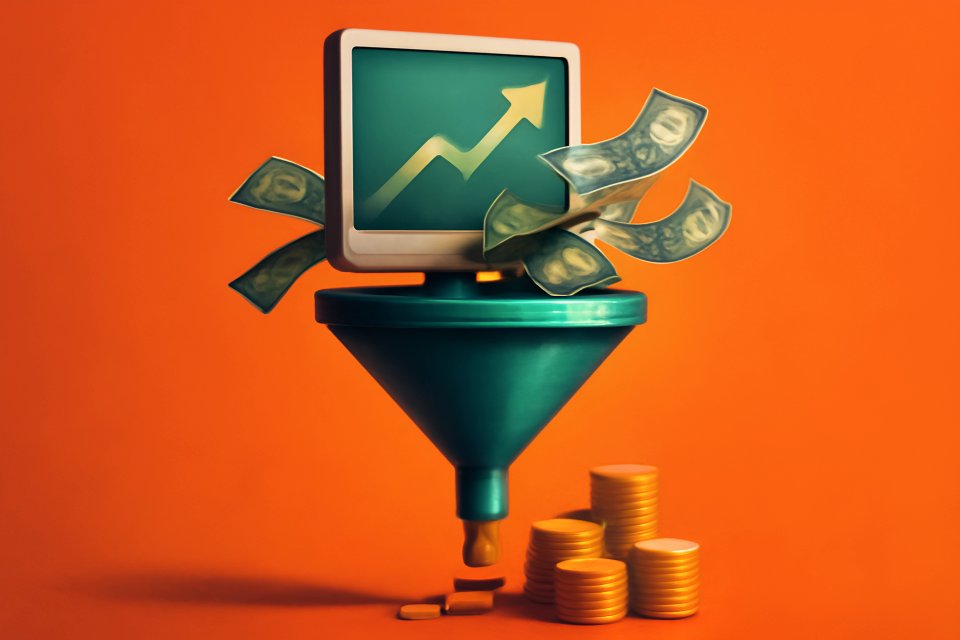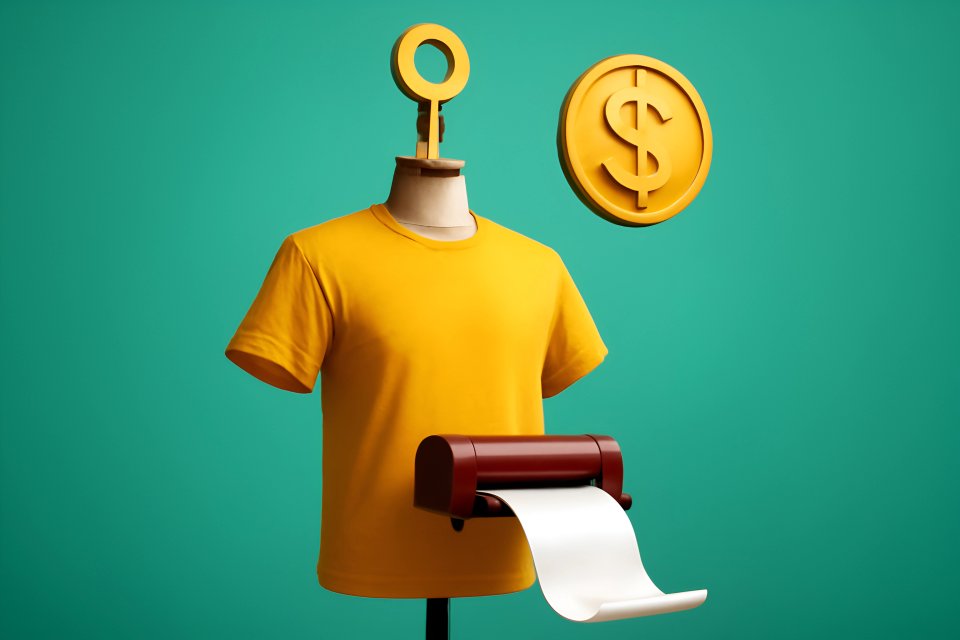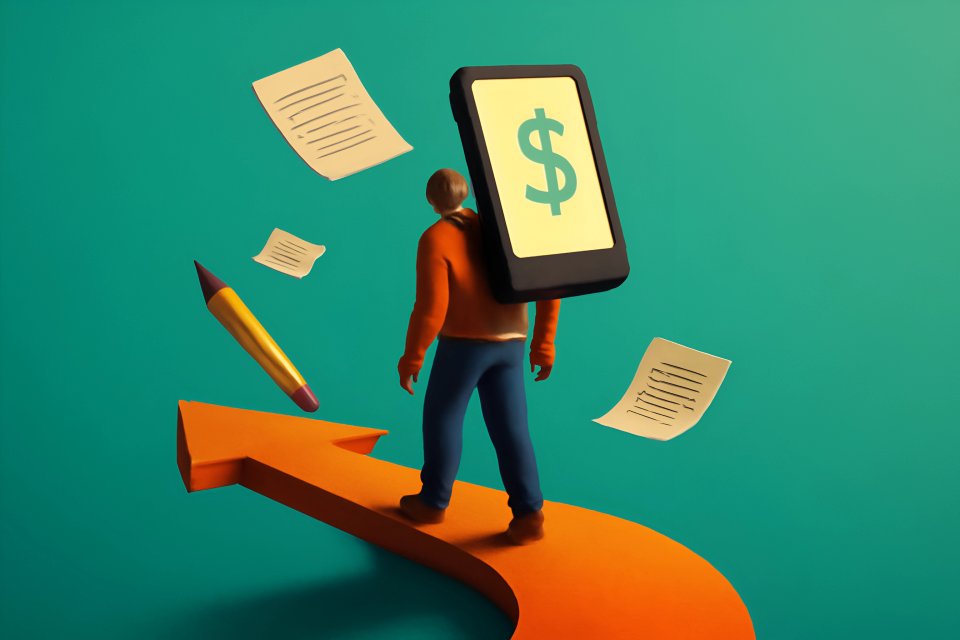
Are you constantly on the content treadmill? Do you feel like you have to create something new, from scratch, every single day just to stay relevant? What if you already have a goldmine of potential income sitting right there in your archives, waiting to be unlocked?
This isn't about cutting corners or finding lazy shortcuts. This is about working smarter, not harder. It’s about taking the brilliant work you’ve already done and giving it new life, new reach, and most importantly, new revenue streams. According to Neil Patel, this strategy can transform a single asset, like a whitepaper, into a webinar that attracts over 7,000 viewers, proving that you don't need more content—you need to maximize the content you have.
Forget the burnout. Forget the endless grind. This article is your step-by-step roadmap. We're moving beyond just saving time to show you exactly how to use content repurposing to open up new digital revenue ideas and build a more secure, sustainable online business.
What is Content Repurposing? (And Why It’s a Monetization Game-Changer)
Let's cut through the jargon. Content repurposing is the simple, powerful act of taking one core piece of content and reformatting it into multiple other pieces to share on different platforms. Think of it as your secret weapon for multiplying your impact without multiplying your workload. It’s the difference between being a busy creator and a strategic digital entrepreneur.
The benefits are immediate and profound. First, you save an incredible amount of time and creative energy. Instead of staring at a blank page, you start with a proven winner. This allows you to expand your reach exponentially, meeting your audience on the platforms they already love. Some people devour long-form blog posts, while others live on Instagram carousels or TikTok videos; repurposing lets you be everywhere for everyone.
But here’s the real game-changer: it unlocks entirely new monetization streams. By recycling your best assets, you're not just saving time; you're building a portfolio of income-generating products from a single idea. As noted by Siege Media, this strategy is a "no-brainer" for maximizing ROI, turning one piece of work into a machine that drives traffic, builds authority, and puts money in your pocket.
The Foundation: How to Identify Your "Pillar Content" for Repurposing
Before you can build an empire, you need a strong foundation. In the world of content, that foundation is your "pillar content." This isn't just any blog post or video; it's your most valuable, in-depth, and evergreen work. Think of it as the quarry from which you will mine all your other content gold.
Pillar content, as defined by HubSpot, is a comprehensive asset that covers a broad topic and serves as a central hub for your expertise. Examples include a definitive "how-to" blog post like "The Ultimate Guide to Starting a Print-on-Demand Store," a detailed YouTube tutorial, a deep-dive podcast episode with an expert, or a compelling case study that showcases real results. These are the pieces that solve major problems for your audience and stand the test of time.
So, how do you find your pillars? Start with your data. Dive into your Google Analytics, YouTube Studio, or podcast stats to find the content with the most views, the highest engagement, or the most shares. These are the proven winners your audience already loves. If you're just starting out and don't have much data, don't worry. Begin with the piece of content you are most proud of—the one that best represents your knowledge and passion. This is the first step in learning the smart content creation hacks that build a loyal following.
Your Step-by-Step Beginner Roadmap to Earning Through Content Repurposing
This is where the magic happens. You've identified your pillar content. Now, let's turn that single asset into a multi-channel content machine designed to generate revenue.
Step 1: From One to Many – Mapping Your Repurposing Possibilities
The key is to think of your pillar content not as a finished product, but as a block of raw material. Your job is to slice it, dice it, and reshape it for every platform. According to Sprout Social, top brands reuse core data across an average of 9.5 posts per day to maintain their presence without constant creation.
Here’s a simple breakdown of the possibilities:
| If Your Pillar Content Is... | You Can Repurpose It Into... |
|---|---|
| A Comprehensive Blog Post | A 5-10 slide Instagram/LinkedIn Carousel summarizing key points. |
| A short-form video script (Reel/TikTok) for the most impactful tip. | |
| A Twitter/X thread breaking down the main arguments. | |
| An infographic visualizing the data or steps (perfect for Pinterest). | |
| A content upgrade/lead magnet (e.g., a checklist or worksheet). | |
| A segment for your email newsletter. | |
| A Detailed Video | A full blog post with the video embedded for SEO. |
| Multiple short video clips for social media. | |
| Quote graphics with powerful statements for Instagram/Facebook. | |
| An audio-only version to launch a podcast. |
This systematic approach, as highlighted in Sendible's 5-step process, ensures you extract maximum value from every single piece of pillar content you create.
Step 2: Adapt, Don't Just Copy-Paste
Warning: This is the step most beginners get wrong. You cannot simply copy and paste your content from one platform to another and expect results. Each platform has its own language, its own culture, and its own algorithm. Your success depends on your ability to adapt.
A formal, well-researched sentence from a blog post needs to be transformed into a punchy, attention-grabbing hook for a short-form video. You have to stop the scroll and create an immediate sense of urgency or curiosity. This is about translation, not transcription.
Let's look at a real-world example.
Blog Post Sentence:
"An essential component of financial literacy is the establishment of a diversified investment portfolio to mitigate risk."
Reel/TikTok Hook:
"STOP making this one money mistake! 🛑 If your investments aren't diversified, you're risking it all. Here's why..."
See the difference? The first is informative. The second is magnetic. It speaks the language of the platform and grabs the viewer by the collar, demanding their attention.
The Final Destination: Activating Your Content Monetization Strategies
You've created a web of content that drives traffic from all corners of the internet. Now it's time to get paid. This is where we move from being a content creator to a digital earner.
Strategy 1: Direct Monetization (Selling Repurposed Content)
This is the most straightforward path to revenue: turning your repurposed content directly into products you can sell. You've already done the hard work of creating the value; now you just need to package it. This is one of the most effective low-cost side hustles because the core asset is already built.
Take a series of 3-5 related blog posts, bundle them together with a new introduction and conclusion, and sell it as a low-cost eBook. Platforms like Gumroad make this incredibly easy, with some creators earning over $14,000 from a single eBook that started as a simple article. Or, take the "how-to" steps from your pillar content, design a beautiful checklist or template in Canva, and sell it on Etsy or your own website.
You can even take your repurposed video clips and written guides and assemble them into a paid mini-course on a platform like Teachable or Podia. You're not creating new information; you're simply organizing your existing expertise into a premium, high-value format that people are happy to pay for.
Strategy 2: Indirect Monetization (Driving Traffic to Revenue Sources)
Not all monetization has to come from selling a product directly. You can use your repurposed content as a powerful engine to drive traffic to other revenue-generating sources. This is where you leverage your expanded reach to cash in on affiliate marketing, lead generation, and ad revenue.
Create short videos, carousels, and threads that highlight a tool or product you genuinely recommend. Instead of just dropping a link, drive that traffic back to your original pillar blog post, which contains your affiliate link and a more detailed review. This builds trust and pre-sells the click. You can learn more about this in our guide on how to monetize your blog with smart affiliate marketing strategies.
Use a repurposed checklist or resource guide as a powerful lead magnet to grow your email list. Once you have their email, you can monetize that list through your own product launches or targeted affiliate offers. And finally, all of this repurposed social content serves to drive massive traffic back to your main blog or YouTube channel, which directly increases your views and, consequently, your ad revenue. For a real-world look at this in action, check out our affiliate marketing case study.
Essential Tools to Streamline Your Repurposing Workflow
To execute this strategy efficiently, you need the right tools in your arsenal. The right tech stack can automate, simplify, and accelerate your workflow, turning hours of work into minutes. These are some of the proven digital tools to boost productivity for online entrepreneurs.
For design, nothing beats Canva. With its drag-and-drop interface and features like Magic Resize, you can create stunning carousels, infographics, and quote cards in minutes. User satisfaction scores are consistently high, with many reporting a 9.1/10 rating for its ability to streamline content creation.
For video, Descript is a game-changer. It allows you to edit video and audio by simply editing a text transcript, making it incredibly fast to pull short, powerful clips from long-form content. According to reviews, its AI-powered features can slash production time by as much as 40%. For quick mobile edits, CapCut and InShot are excellent choices.
For writing and ideation, AI tools like ChatGPT or Jasper are invaluable for summarizing long texts, generating platform-specific hooks, and rewriting content for different tones. Finally, to put it all on autopilot, use a scheduling tool like Later or Buffer to plan and automate your social media posts across all platforms.
Conclusion: Your Content is an Asset—Start Treating It That Way
Let's be clear: content repurposing is the bridge between being a busy creator and becoming a smart digital entrepreneur. You don't need to constantly reinvent the wheel to grow your audience and your income. The value you need is already there, locked away in your best work.
Stop the grind. Stop the burnout. Your content is a financial asset. It's time you started treating it that way. Your journey to earning more from your content starts right now, with the assets you already own.
What is ONE piece of pillar content you can repurpose this week? Drop a link or a description in the comments below—let's brainstorm ideas together!
Frequently Asked Questions (FAQ)
How much content do I need before I can start repurposing?
You only need one. Seriously. The goal is quality over quantity. Find one solid piece of pillar content—a comprehensive blog post, a detailed video, an in-depth podcast—and start there. That single asset can be mined for dozens of smaller pieces of content.
Won't my audience get bored of seeing the same information?
No, for two key reasons. First, you're not just copy-pasting; you're adapting the content for different formats and platforms, which makes it feel fresh. Second, the reality is that most of your audience will not see every single thing you post. Repetition, when done correctly across multiple channels, is what reinforces your message and establishes you as an authority.
What's the fastest way to make money from repurposed content?
Driving traffic to an existing, high-converting affiliate link is often the quickest path to revenue. You can create a short video or a carousel highlighting a product and send traffic to your pillar post that contains the affiliate link. Another fast and effective method, as noted by Siege Media, is creating a low-cost digital product like a checklist or template from a popular "how-to" post and selling it directly.

















